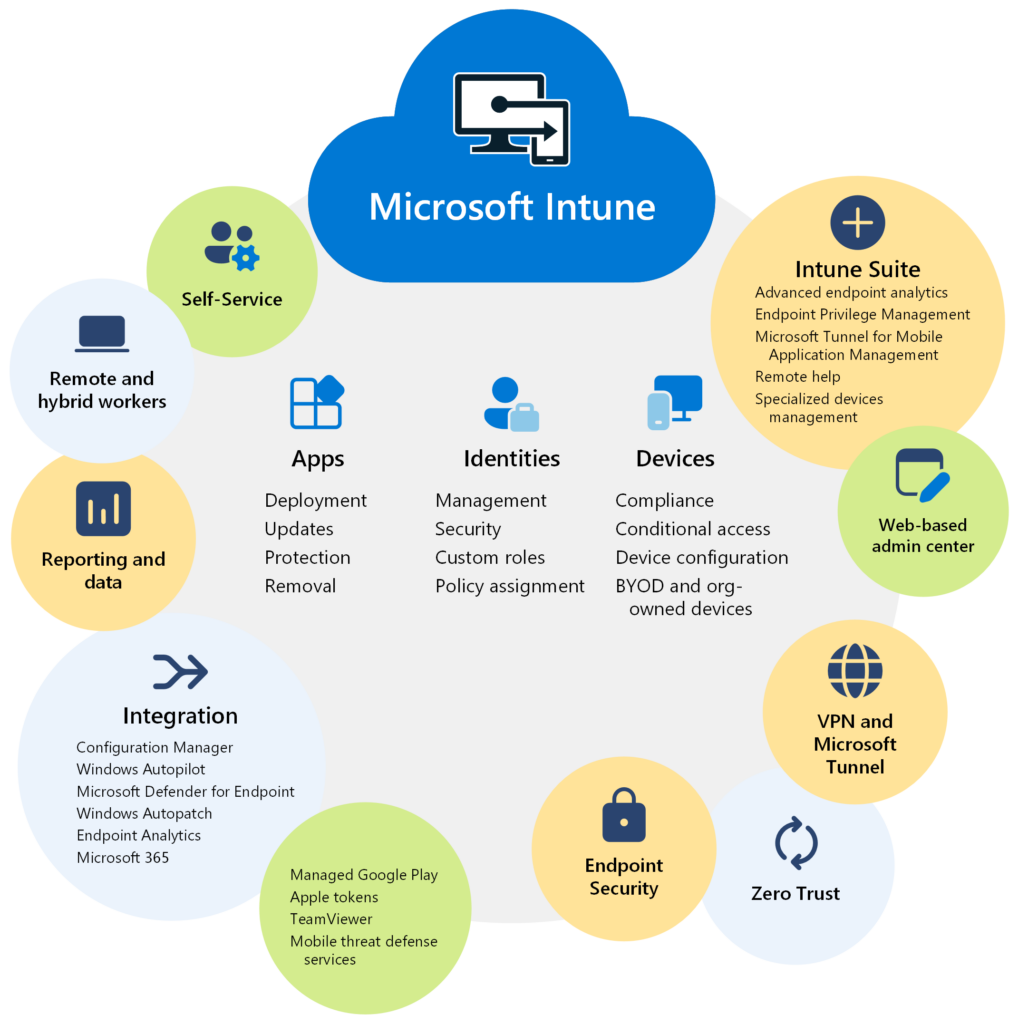April 5, 2024
Cloud spend is on the rise and storage costs are skyrocketing.
At least 90 percent of IT leaders say cloud computing is the “cornerstone” of their digital strategy.
Therefore, most organizations are stuck between a rock and a hard place—pay big to play or risk falling behind.
But that doesn’t have to be the case.
What’s behind cloud inflation?
In its 2024 State of the Cloud Report, Flexera notes that “cloud spending remains substantial, as nearly half of all workloads and data are now in the public cloud. For the second year in a row, managing cloud expenses has emerged as a more pressing challenge than security.”
Gartner VP/analyst Sid Nag told TechTarget, “Public cloud providers will strive for price parity against the competition, and this is the time to do it, while the peers increase their pricing structure. Moreover, the addition of GenAI will provide the fuel, the impetus and justification to do so.”
At first, some experts say, providers will essentially give away GenAI upgrades early on to get users interested. But the freebies won’t last as premium pricing creeps in. According to Bret Greenstein, data, analytics and AI leader at PwC, “The added costs for embedded AI in products can be based on cloud or on-prem infrastructure costs,” he said, “but it can also be part of the hype cycle, which has seen the valuations of AI-based companies being much higher.”
Another factor that ratchets up cloud costs is hidden egress fees. As this article from Splunk.com notes, “Many businesses don’t account for egress fees when calculating their cloud computing expenses, but they add up quickly. It’s causing businesses to pay much more than they anticipate and inhibits their ability to move between cloud environments. It often leaves data unused and unavailable for analytics, machine learning and AI. It also impacts services and profitability for companies that rely on transmitting data to their customers, such as streaming services or online gaming companies. It might lead to increased costs for end-users, potentially impacting the competitive standing of businesses.”
One of the biggest reasons cloud costs are so high and getting higher is simple but not simply eliminated: waste. Of the nearly $600 billion in global cloud spending last year (2023), at least 30 percent is attributed to waste. Which means $180 billion that could have been saved or reallocated. If total cloud spend reaches $1.35 trillion by 2027, as some predict, that $180 billion will more than double.
But while cloud cash hemorrhaging is a growing problem, it’s nothing new. A 2022 Stormforge survey found that 47% of orgs on average were wasting “significant cloud resources.” Additionally, “cloud spend, and correspondingly cloud waste are increasing for 75% of organizations.”

How to reduce cloud costs
So what can be done to curb cloud costs as cloud spending increases? Several things.
This article from The CFO has some wise suggestions, including establishing a cloud cost management team and implementing resource right-sizing.
Establishing a management team involves “assigning ownership of cloud resources to specific teams or individuals… By clearly defining cost ownership, organizations can promote accountability and better control cloud spending. Each team or department should be responsible for monitoring and managing the costs associated with their allocated cloud resources.”
It’s also about “defining clear budgets for cloud spending is also crucial to ensure cost control. CFOs should work with IT and business leaders to establish realistic cloud budgets based on the organization’s needs and priorities. Additionally, organizations should implement policies for resource provisioning, usage, and cost allocation.”
As for right-sizing, the key is “analyzing resource utilization data” to “determine the appropriate size and capacity of their cloud instances. Right-sizing ensures that resources are neither underutilized nor overprovisioned, resulting in cost savings without compromising performance.” In addition, “CFOs should closely monitor data transfer costs between different services and regions. By optimizing data transfer and caching frequently accessed data, organizations can reduce unnecessary costs associated with data movement.” Automation is crucial, too, in areas like usage-based resource scheduling.
Writing in Forbes, tech insider and Azul CEO Scott Sellers advises companies to optimize their computing infrastructure by looking into several areas, including but not limited to:
- Are we over-provisioning to address business requirements?
- Are we running code slower than it could go with re-architecture or using faster runtimes?
- Does workload inconsistency mean we need to provision more headroom?
Sellers also suggests embracing performance engineering— “a systematic approach to continuous application performance improvement” and implementing FinOps practices that include “regular touchpoints between engineering, finance and operations to review budgets and spending, with an eye toward identifying optimization opportunities.”
“With the cloud now an integral part of so many businesses’ modernization and transformation strategies, demand for cloud compute will inevitably increase,” he concludes. “However, a few focused and proactive steps can provide a path for organizations to obtain great value from cloud deployments without unnecessary overspending.”
Headquartered in the Chicago suburb of Downers Grove, Mindsight offers fully managed IT services for organizations in a variety of industries.
About Mindsight
Mindsight, a Chicagoland IT services provider, is an extension of your team. Located in Downers Grove, IL we proudly serve customers across the area including Naperville, Oak Brook, Northbrook, and surrounding counties (Cook, Lake, Dupage, Will, Kane, and Grundy). Our culture is built on transparency and trust, and our team is made up of extraordinary people – the kinds of people you would hire. We have one of the largest expert-level engineering teams delivering the full spectrum of IT services and solutions, from cloud to infrastructure, collaboration to contact center. Our highly certified engineers and process-oriented excellence have certainly been key to our success. But what really sets us apart is our straightforward and honest approach to every conversation, whether it is for an emerging business or global enterprise. Our customers rely on our thought leadership, responsiveness, and dedication to solving their toughest technology challenges.




